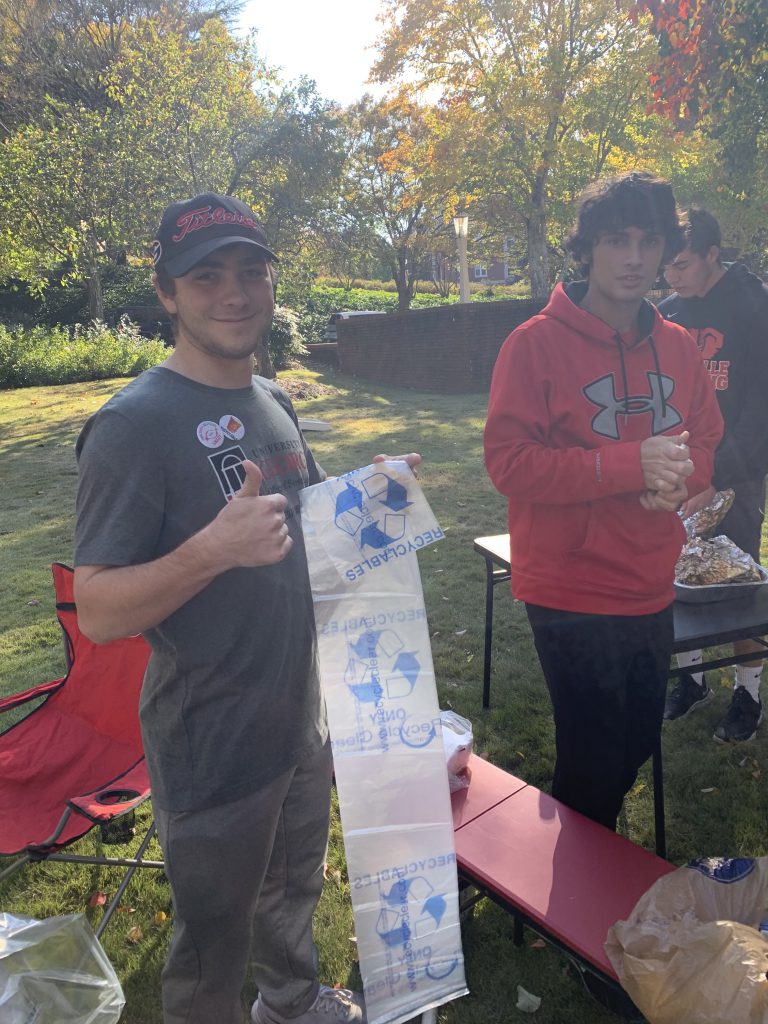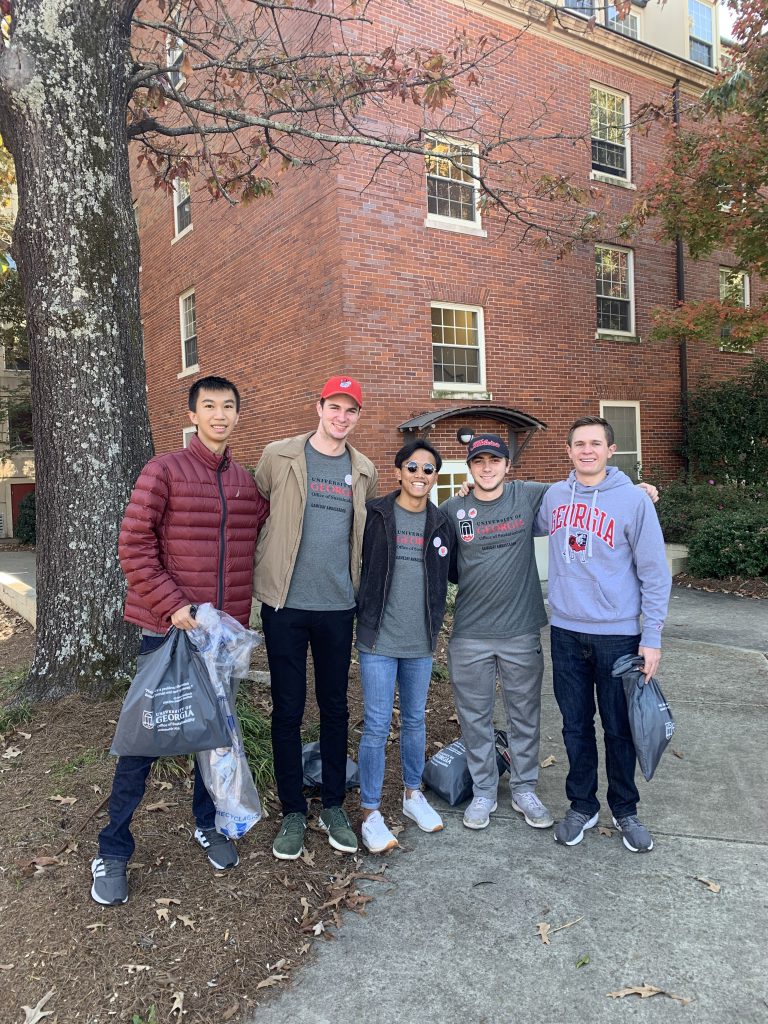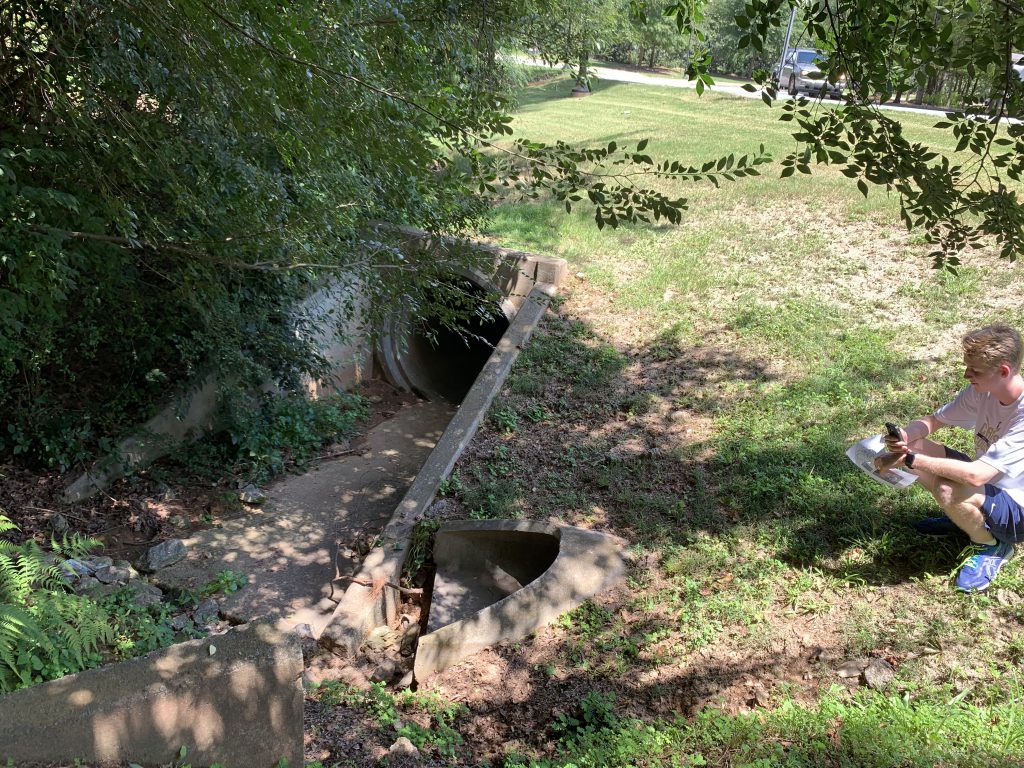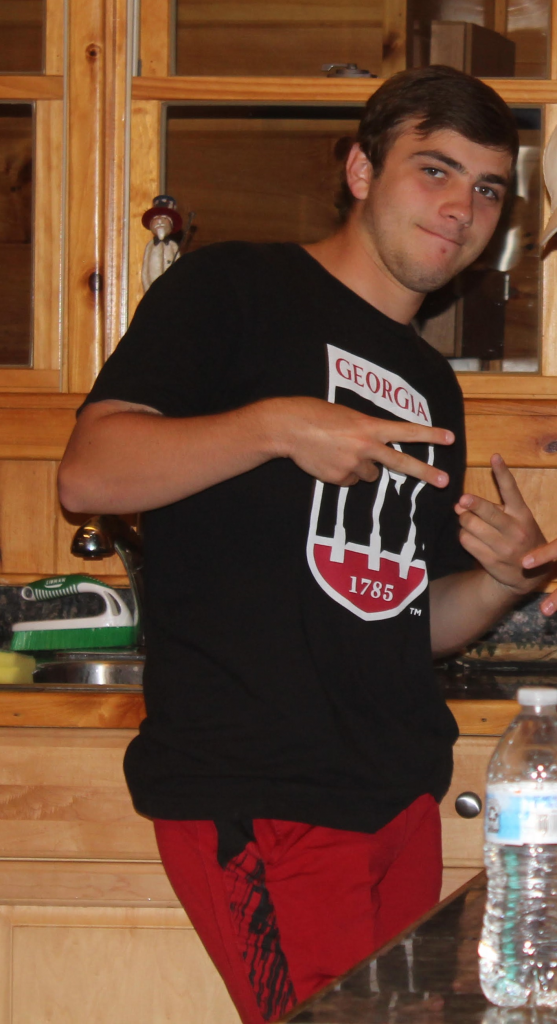
The rs7216389 SNP is associated with susceptibility to Childhood Asthma. Childhood Asthma is when a child’s lungs and airways become easily inflamed when they are exposed to certain triggers, such as exposure to pollen or respiratory infections. Symptoms of asthma include “shortness of breath, chest tightness or pain, trouble sleeping caused by shortness of breath, coughing or wheezing, whistling or wheezing sound when exhaling (wheezing is a common sign of asthma in children), or coughing or wheezing attacks that are worsened by a respiratory virus, such as a cold or the flu.” (Mayo Clinic) The genotype CC gives the patient 0.69x lower risk of Childhood Asthma. The genotype CT gives the patient a normal risk for Childhood Asthma. The genotype TT gives the patient a 1.5x increased risk for Childhood Asthma. Asthma is the most chronic condition among children, affecting about 6.1 million kids under the age of 18. The protein IL-13 (interleukin-13) causes changes in the airways of asthma patients. It is a naturally occurring protein made by the IL13 gene, and it leads to inflammation, which in this case would be the lungs and airways. It does not alter any traits.
Any child should be tested for asthma, but children of parents who have asthma are more at risk and should be tested for rs7216389. If they have this, they will be more at risk to develop childhood asthma. To test this, I would recommend Single Gene DNA sequencing which should only cost around $10. The normal trait in question would be a CT genotype while a higher risk of the disease would be a TT genotype, and a lower than normal risk would be a CC genotype. There is evidence supporting the variations and the risk of Childhood Asthma two studies that both showed a correlation between the TT genotype and a higher risk of developing Childhood Asthma. Everyone has a risk of developing asthma based on environmental factors. About 1 in every 12 children develops asthma. However, having the TT genotype for the SNP rs7216389 gives children a larger risk for developing Asthma, which is shown through more kids with the TT genotype developing asthma than the other genotypes.
There is not much risk to having the single gene DNA sequencing test done. However, someone may not want to get the test done since it only finds whether you are more at risk to develop childhood asthma. Even if someone tests positive for the TT genotype, they may still never develop childhood asthma. Also, it is not 100% proven yet that the TT genotype with the rs7216389 SNP actually leads to a higher risk of Childhood Asthma.
There are no genetic privacy concerns that the consumer may want to consider. A potential downside of being tested is that even if you test negative, you can still develop Childhood Asthma. There are no studies that look at reactions to testing positive in this case.
If a family member tests positive for this, the child has a higher chance for testing positive. If a child tests positive for this, their plan should be to look out for symptoms of Asthma to be on top of it in case of an onset of severe Asthma. If someone tests positive for this, I would recommend telling your doctor that you tested positive for a gene that leads to a higher risk of developing Asthma. Then, the doctor may want to test for asthma in the patient. If someone does test positive for asthma, they should reduce the time that they spend doing the things that lead to their asthma symptoms, such as exercise, but not necessarily eliminate it from their daily lives. When doing these things, such as exercising, they need to watch for changes in breathing and for wheezing to prevent an asthma attack from happening before it actually happens.
Words Cited
Centers for Disease Control and Prevention. (2019, October 19). Asthma. Retrieved from https://www.cdc.gov/asthma/default.htm.
Mayo Clinic. (2018, June 4). Asthma. Retrieved from https://www.mayoclinic.org/diseases-conditions/asthma/symptoms-causes/syc-20369653.
Science Daily. (2011, March 22). Protein associated with allergic response causes airway changes in asthma patients. Retrieved from https://www.sciencedaily.com/releases/2011/03/110322151256.htm#:~:targetText=Summary%3A,according%20to%20a%20new%20study.
SNPedia. (2019, July 3). rs7216389. Retrieved from https://www.snpedia.com/index.php/Rs7216389.




